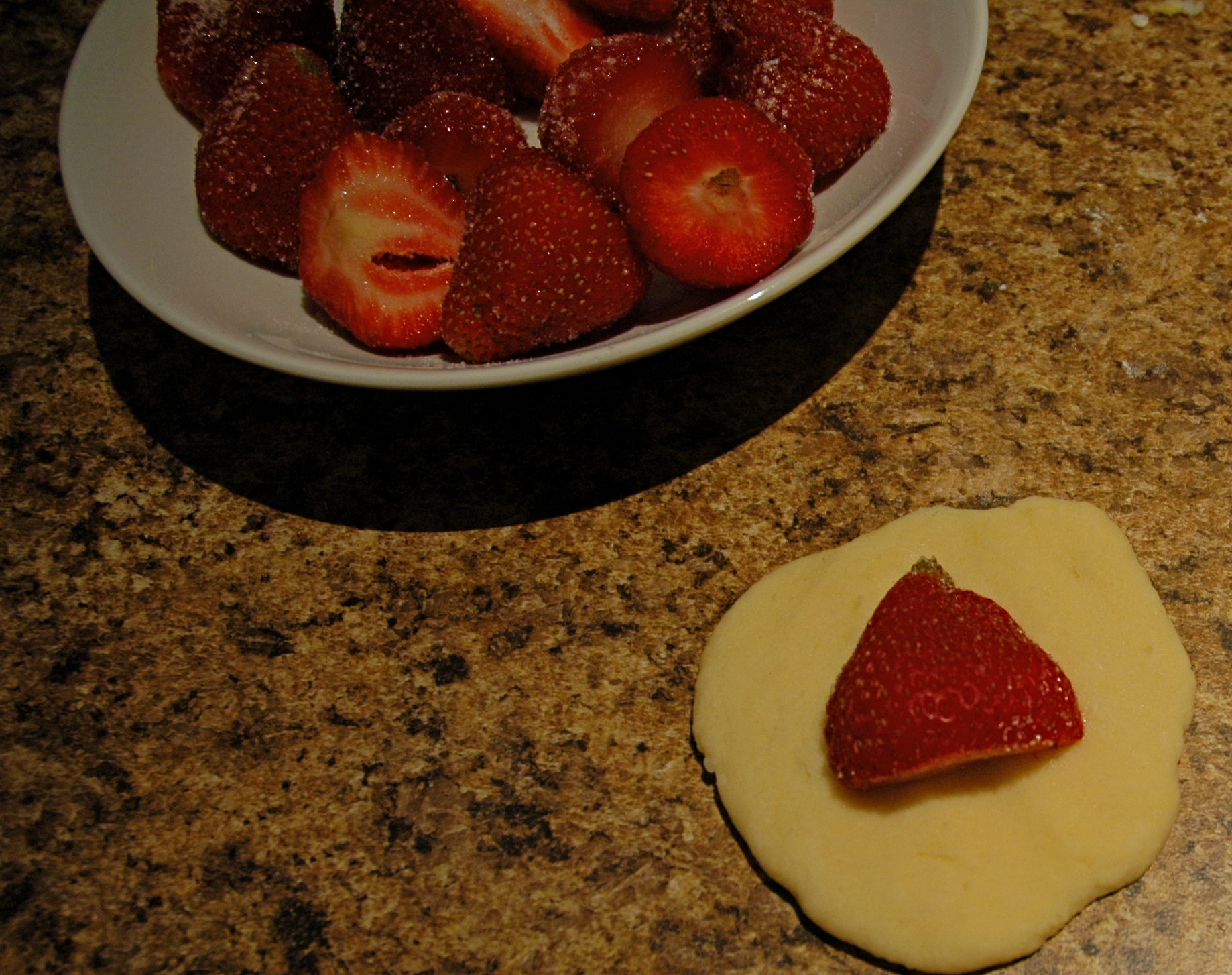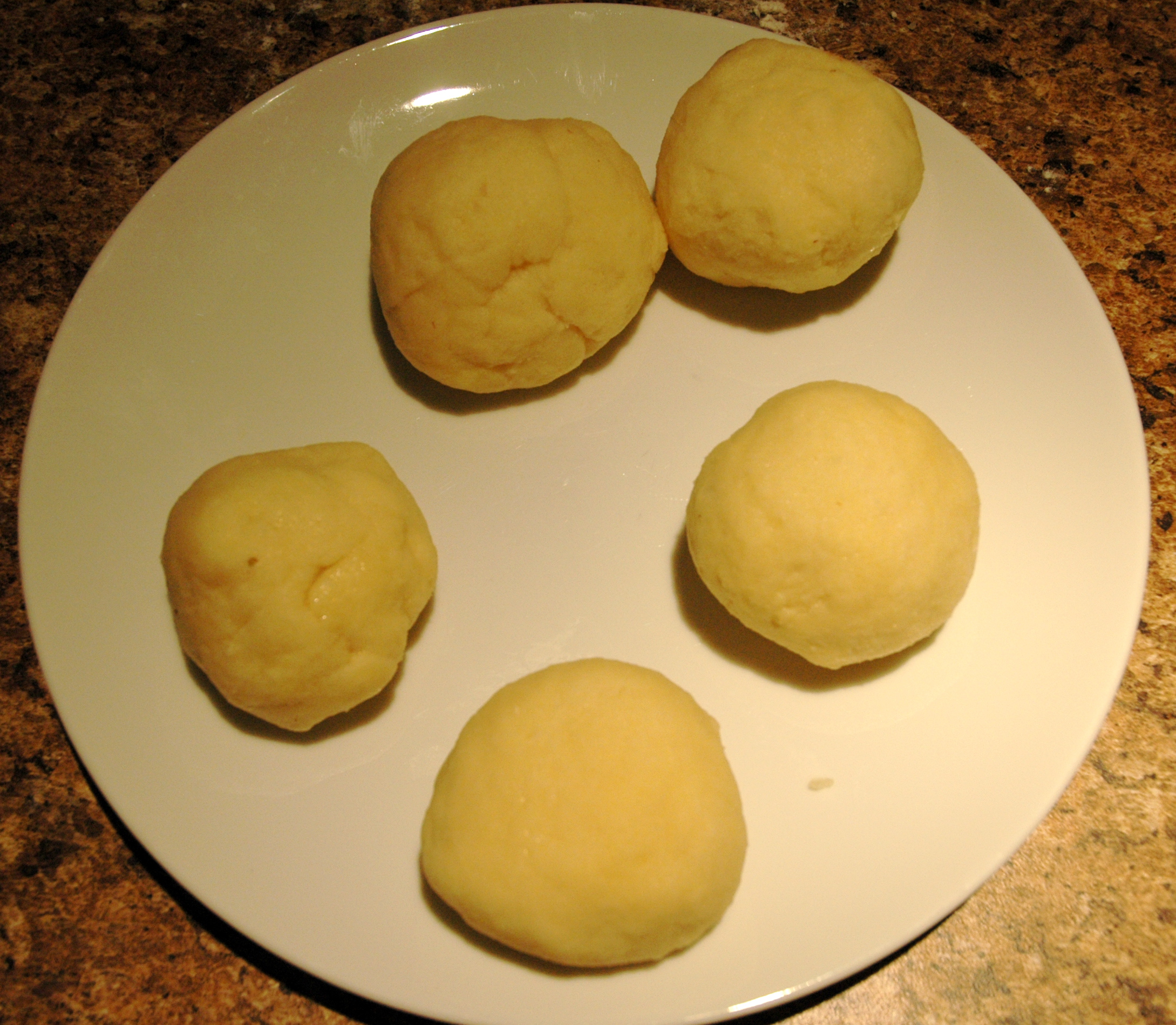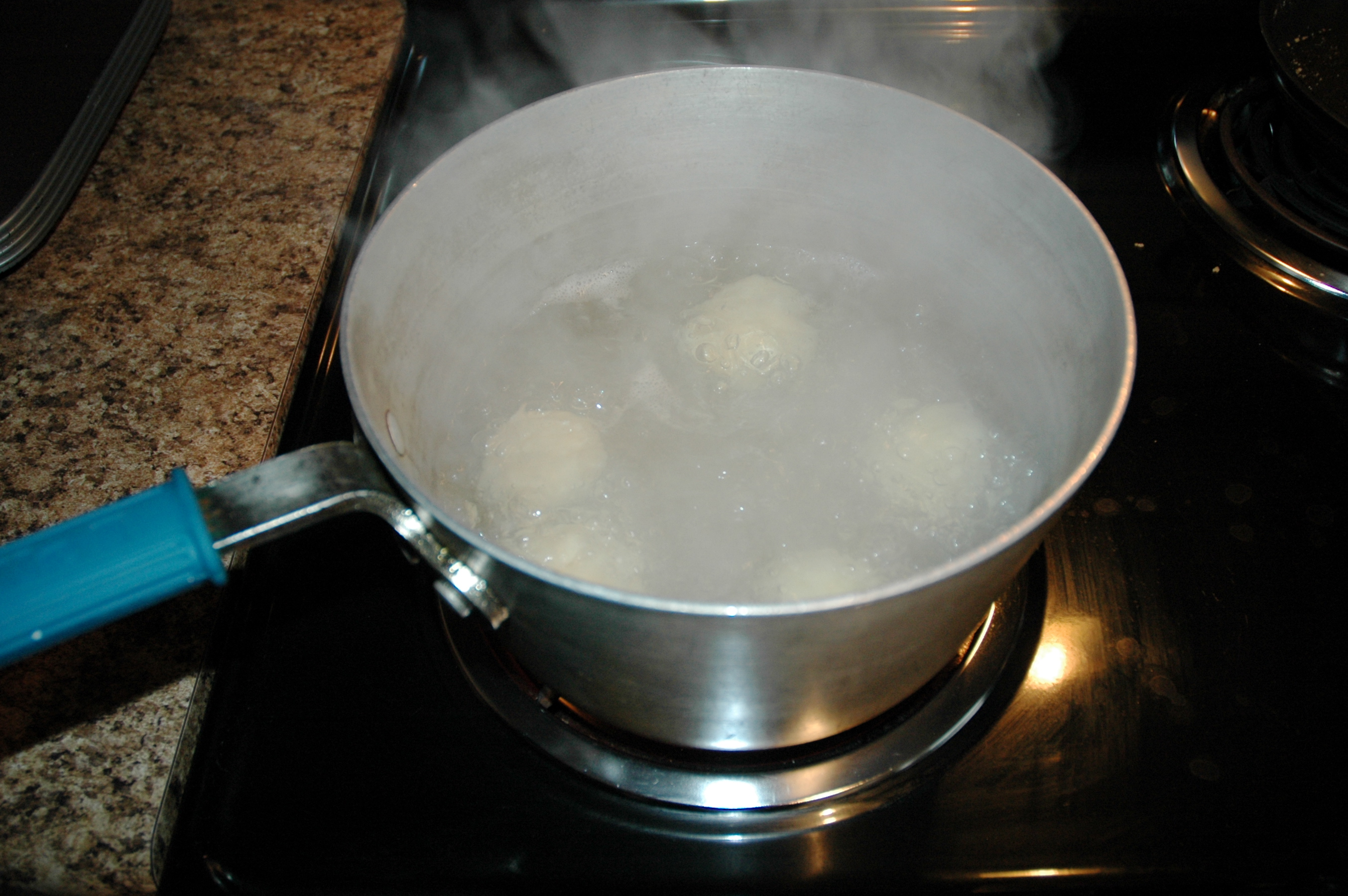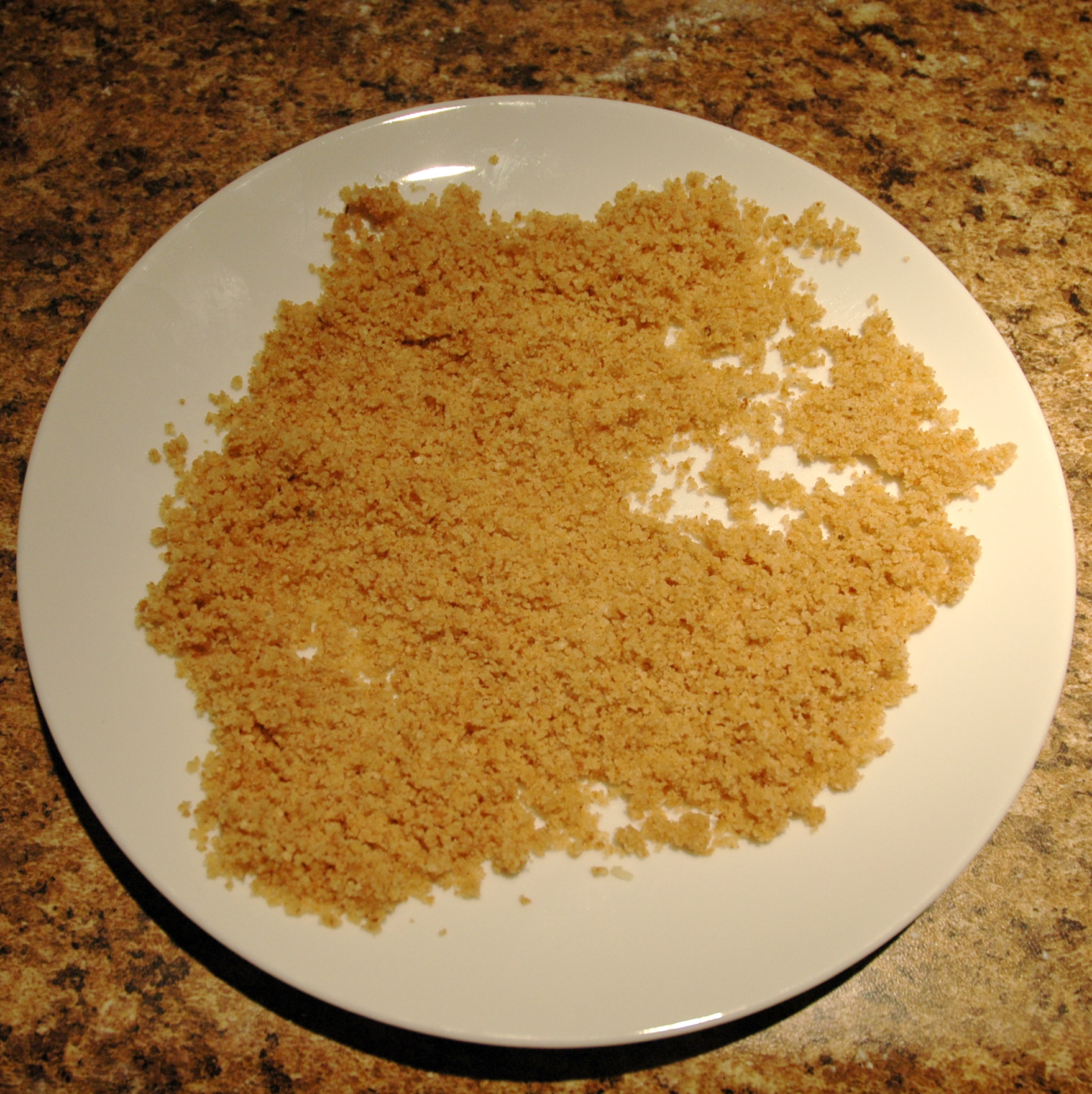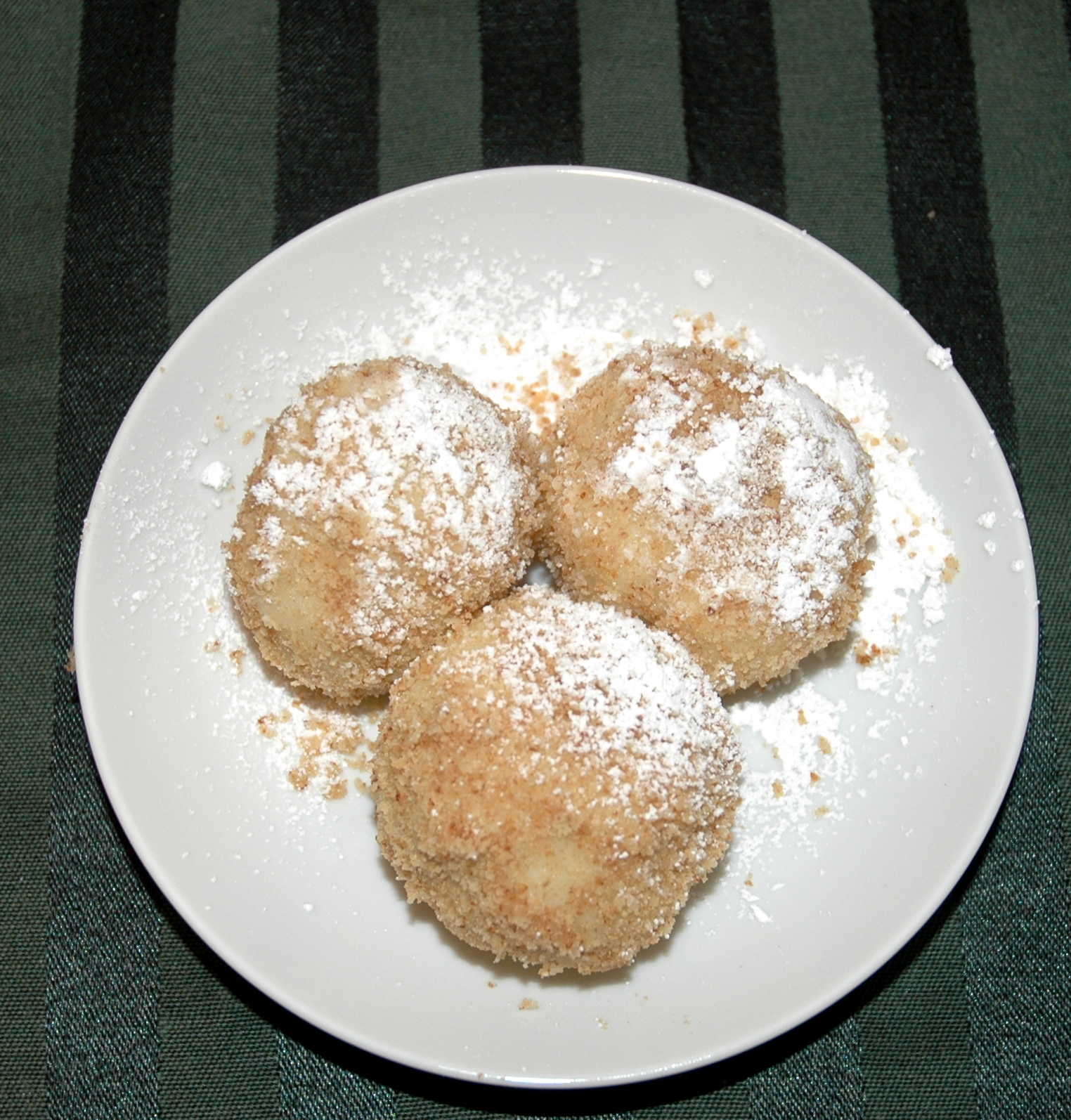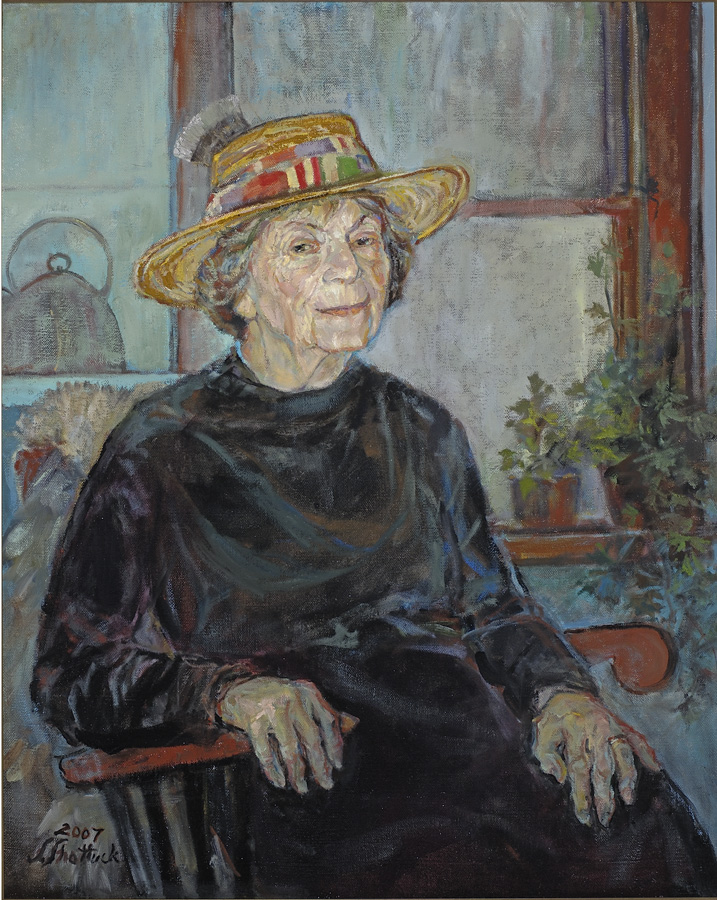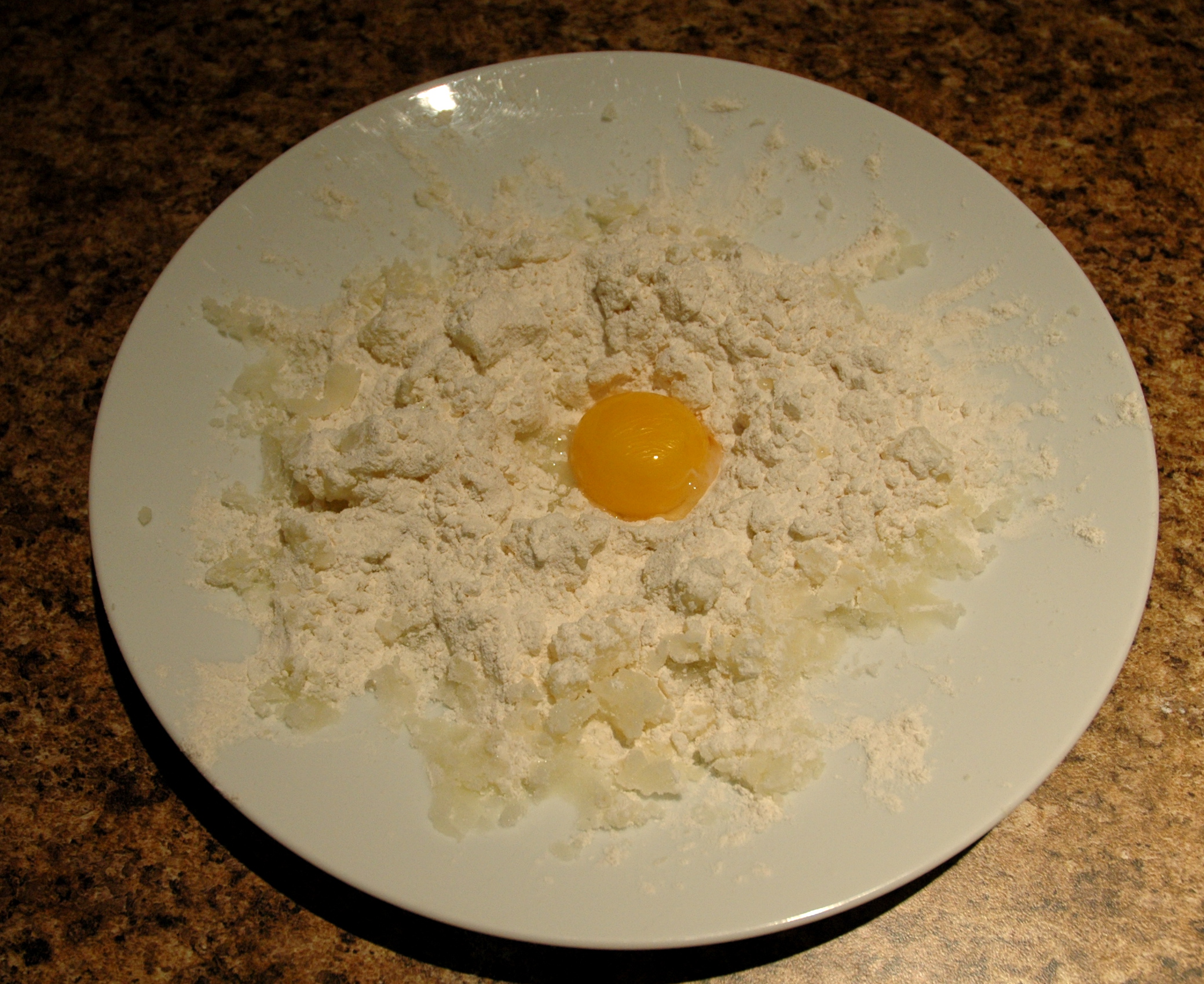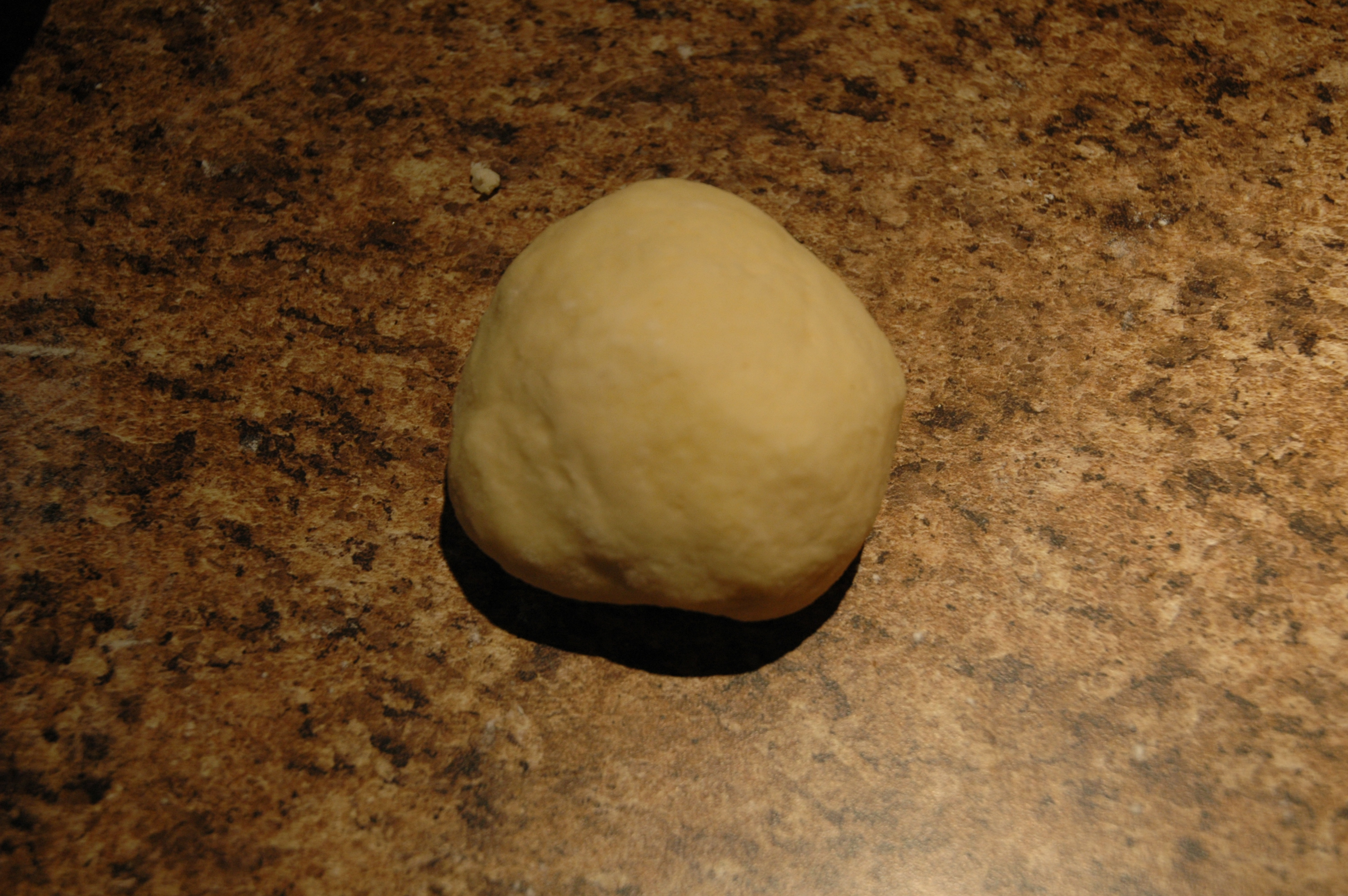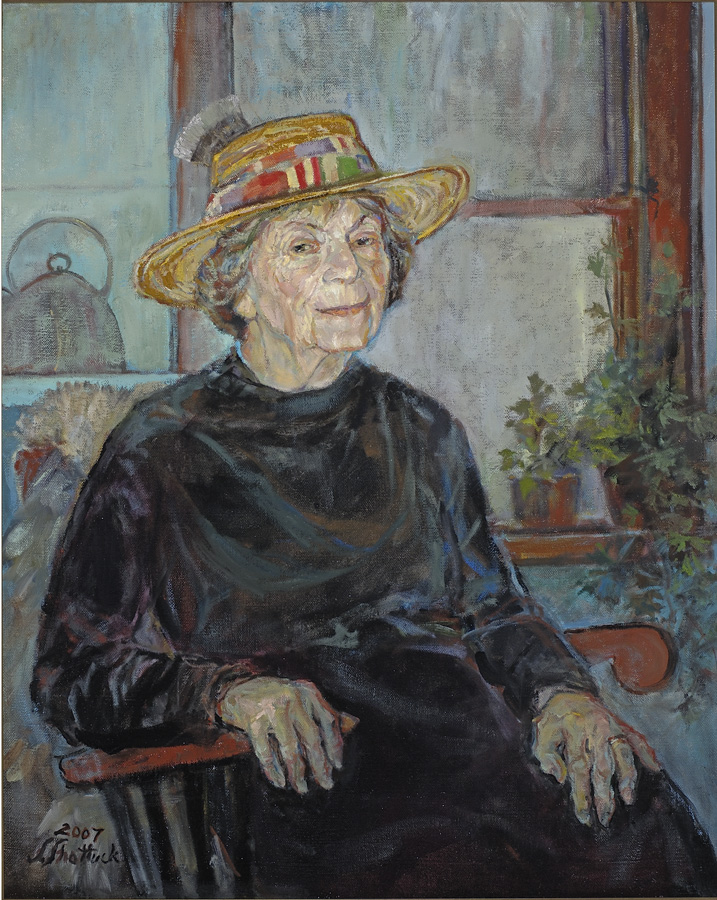
- Art is the means we have of undoing the damage of haste. It’s what everything else isn’t.
When I discovered Sieglinde (Sissi) Shattuck’s art, I found a place of quiet attentiveness, leisurely breathing space, respite from a hasty, noisy world. Because her paintings moved me so deeply, they made me curious about who she is. One thing leads to another, our shared passions for art, music and inspired living led to friendship and shared meals. Recently, Sissi introduced me to a work of art in cuisine, the traditional Austrian dish, Zwetschkenknödel (Plum Dumplings).
Viewing art is inseparable from my knowledge that what I’m enjoying is made by artists. When I respond to art it’s because I feel an attempted connection, an effort at communication–human to human–that breaks through loneliness and isolation. It says something to me about our shared human experiences.
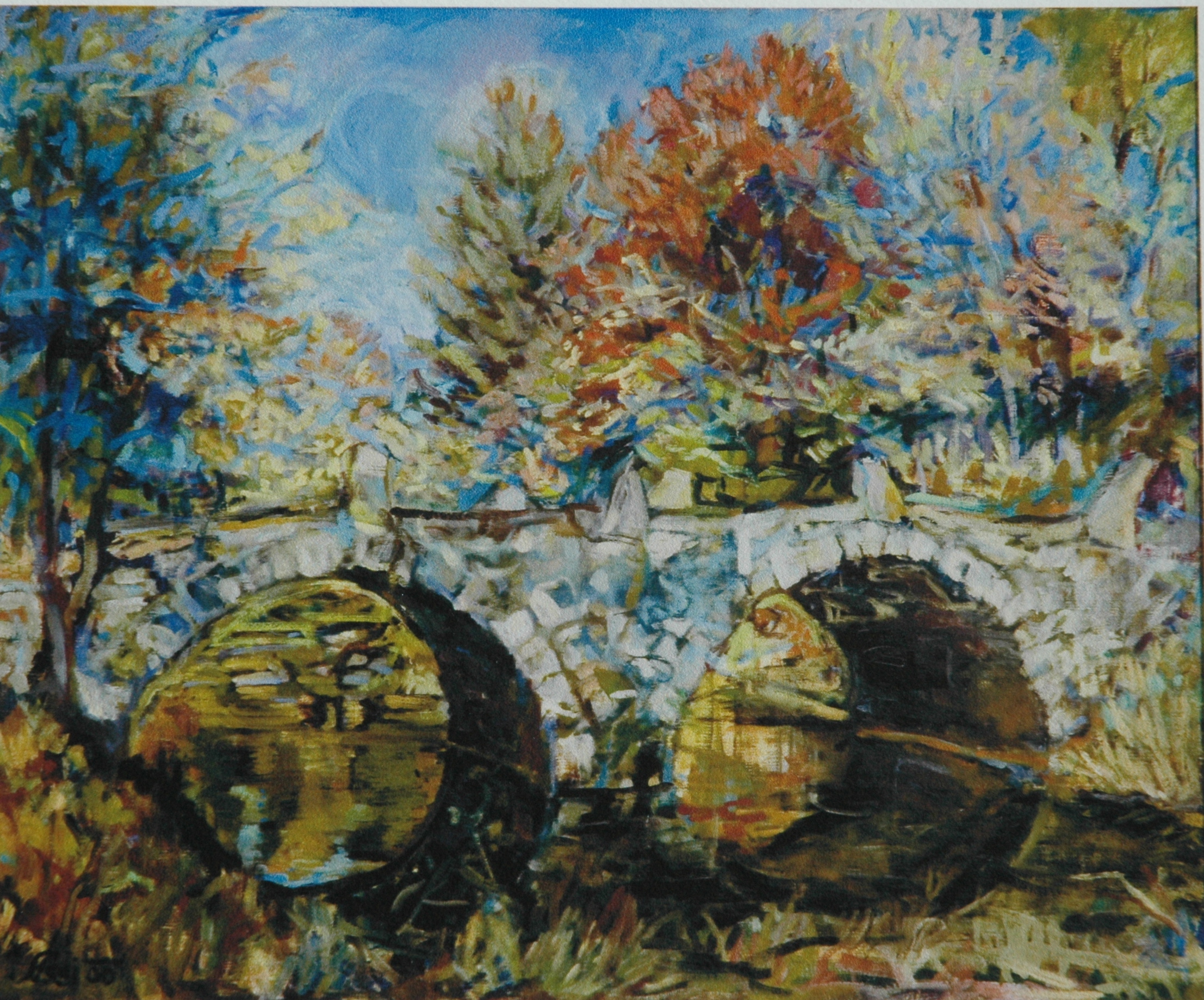
Sissi Shattuck brings a lifelong commitment and rigorous formal training to her art. She was born in Austria, and received her education at the renowned Academy of Fine Arts in Vienna. She also studied with Oskar Kokoschka who compared one of her paintings to Stravinsky’s ballet Firebird–a breakthrough piece of vibrant intensity. Of course she was flattered, but only later did she understand the depth of the burden that praise of this nature brings with it. When a renowned Master notices a person’s work this way, it also designates a burden. A gifted person is called to responsibility and has a duty to make the most of her talent.
Today Sissi lives and works in Hillsborough, New Hampshire, where she paints mostly portraits and landscapes. Her desire is to recreate in the beholder the transcendental content which only that form can contain.
That’s the kind of heady philosophical stuff that cannot be put into words. It’s something one can only understand through seeing. So it makes sense that her medium is painting–visual art.
In getting to know her, I discovered that while her art inspires me, her presence in the world, as a living, breathing, caring person, is even more valuable to me (and to many people) than her art. Through her excellence she sets a quiet example that one must always strive to do and be one’s best. She has also shown me that it is possible to be committed to something as grand as art, and at the same time keep an open heart to the duties and the joys of daily life, family, friendships, and community.
When a person makes time for other people’s needs, one’s own fame and fortune take a step into the background. But I’m not impressed by “great” people, when they have achieved their success by trampling, exploiting or neglecting others.
She has a substantial body of work in her life, but not at the expense of a life lived with compassion and generosity. And her way of life, as far as I’m concerned, is part of what makes her art great–her spirit shows in her art.
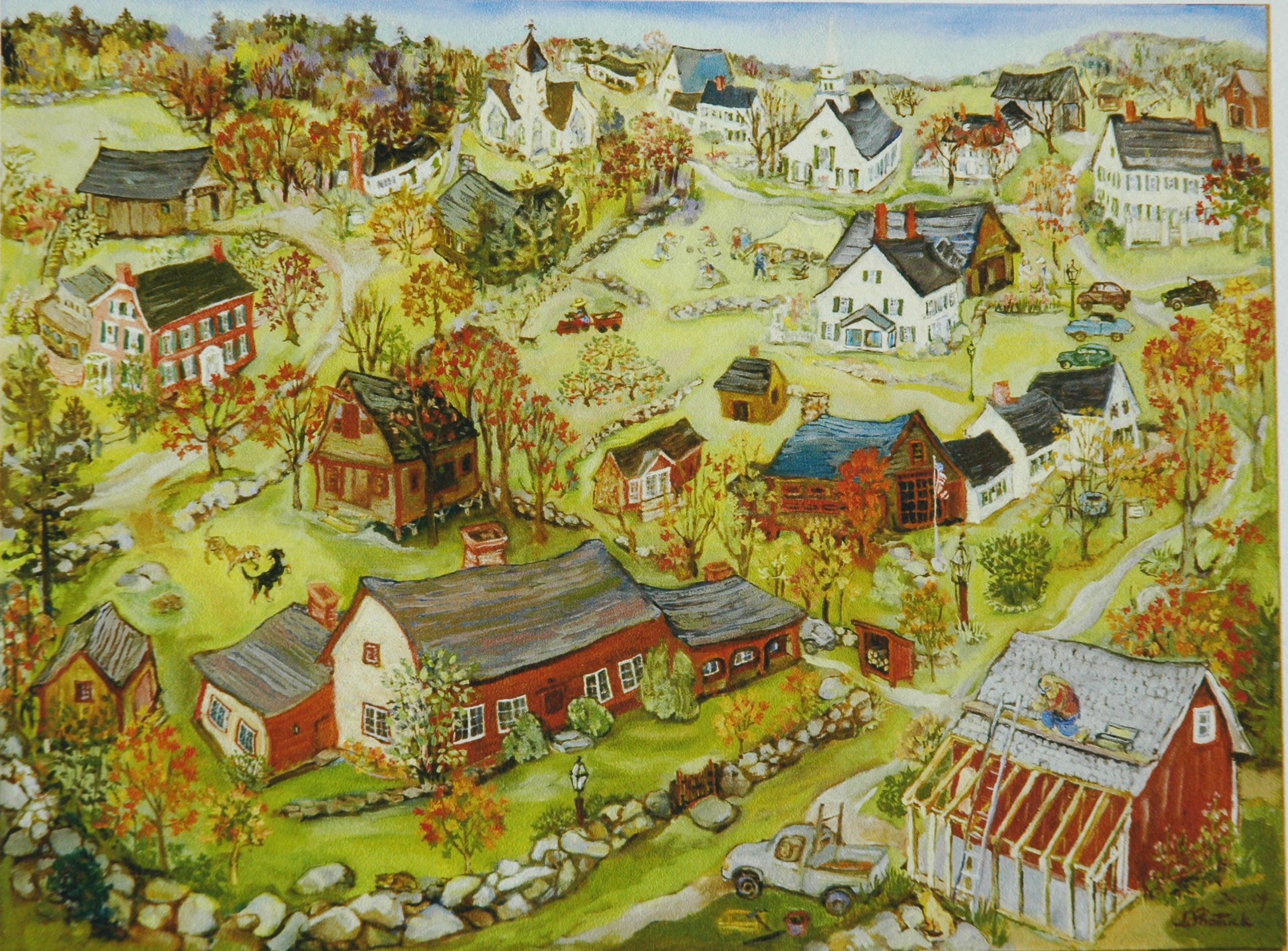
To go to her website and view more of her art, click here.
Her art making isn’t all-consuming. She finds time to be attentive to her family, her friends, and her community. She has shared her garden, her terrific cooking and her music with me–she plays piano, harpsichord, recorder and sings beautifully, and contributes that talent, too, in community performances (most recently, this past Easter season, she sang Bach’s aria Erbarme Dich from St. Matthew Passion).
She possesses an enthusiasm for all of life that inspires me as much as her art does. One day in her kitchen we visited while she fixed dandelion salad and told me the secret place where she forages for mushrooms (I’m not telling!).
Last night I made, from her recipe, the traditional Austrian dish, Schwetzkenknödl–plum dumplings.
Her father told her that when the WWII POW’s finally returned home from Russia, in 1947, when they crossed into Austria, the first thing they requested was Zwetschkenknödel. Now that I’ve tasted them, I know why.
She has been making dumplings since before the soldiers returned, when she was tall enough to reach the table. She suggested I try filling the dumplings with strawberries (now in season, while plums are not), and they were stunningly delicious.
Hers is the old-fashioned and best way to cook, by heart. There are no fixed amounts to ingredients. She says:
“The dough is made with mealy potatoes boiled and peeled and finely riced while still hot. Toss with flour and a little salt. How much flour depends on how mealy the potatoes are. Make a well in the center add egg(s) slightly beaten. Incorporate, knead just enough to make it stick together. Form a sausage, cut pieces big enough for making patties the size of your palm and a little less than 1/2″ thick. Wrap around a plum (or apricot) and press firmly to close all seams. Boil in (salted) water and test after 5 minutes to see if the fruit is cooked. Roll the dumplings in lots of buttered bread crumbs, toasted, preferably sourdough. To eat cut in half and put sugar on to taste…Right now I would like to stuff the dumplings with strawberries, not too large ones. The fragrance knocks your socks off.“
- 1 decent-sized russet potato
- about a cup of flour
- a pinch of salt
- 5 strawberries (I couldn’t find small ones, so I cut them in half, 10 pieces), sprinkled with sugar
- 1 egg
- 1/2 cup bread crumbs
- 1 tablespoon butter
- about 1 tablespoon powdered sugar for dusting
